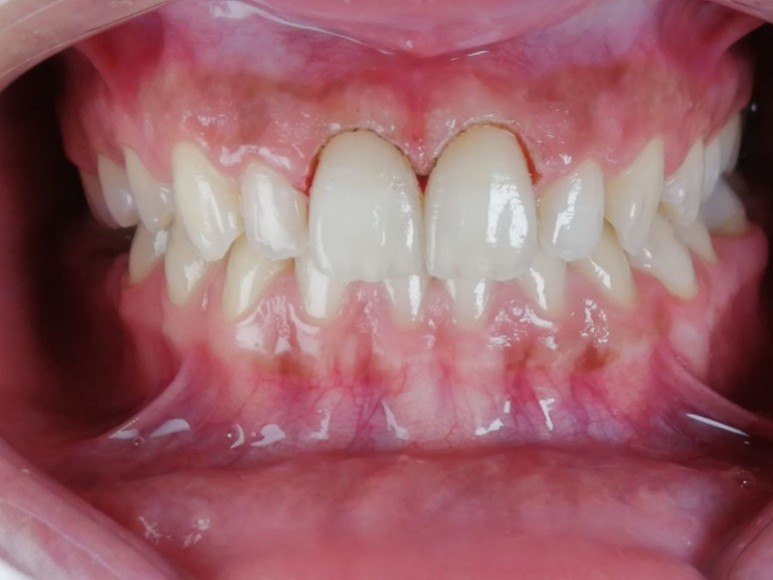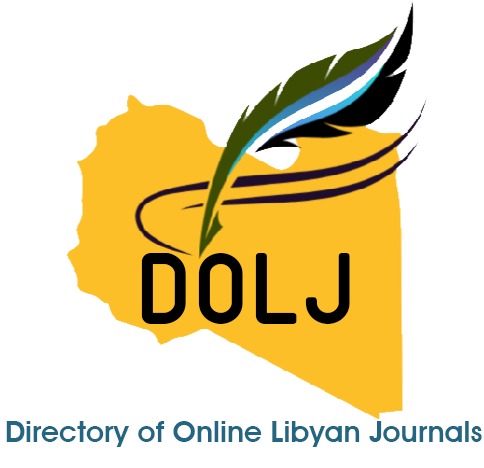Evaluation of Wound Healing and Pain Perception After Frenectomy Using 810 Nm Diode Laser in A Young Patient: A Case Report
DOI:
https://doi.org/10.69667/rmj.25404Keywords:
Highly Attached Labial Frenum, Frenectomy, Diode Laser, 810 nm, Wound Healing, Pain Perception.Abstract
To assess the pain perception, wound healing, and advantages of 810 nm diode laser in the treatment of pediatric patients with highly attached upper labial frenum. A 16-year-old female patient was referred from a pedodontist for highly attached upper labial frenum removal. During examination, the distance between the upper two central incisor gingival margins and the upper labial frenum was less than 2 mm. The patient was advised of a frenectomy, which was done on Monday, 27.11.2023, using an 810 nm diode laser in contact and in continuous wave mode with an output power of 1 W and initiated 400 µm tip diameter. The total time of the procedure was 15 min, and the time of laser application was approximately 90 s. The patient was advised to avoid hot drinks and spicy foods on the day of the procedure, and paracetamol tablets were prescribed to the patient if needed. The patient was recalled after one week, two weeks, one month, and 4 months for follow-up. Complete wound healing was within two weeks, and optimal healing was noted after three months. After 4 months of follow-up, there is no relapse with normal mucosa. As well as no pain (on the procedure day and days after), prescribed depending on the patient's own words and Wong-Backer faces pain rating scale (in which she chose the first expression in many sessions, which indicated that there is no pain), and therefore, no need for analgesics. An 810 nm diode laser is an effective tool for frenectomy, as it provides fast healing with no bleeding, no pain during or after the procedure, and without the need for dressing, antibiotics, or analgesics.

Downloads
Published
Issue
Section
How to Cite
Similar Articles
- Amhamad Alhajaji, Salem Almiladi, Ahmed Alhammali, Surgical Repair of Congenital Chest Wall Deformity (Pectus Excavatum): A 20-Year Multicenter Experience , Razi Medical Journal: Volume 1, Issue 1, 2025
- Nahla Labyad, Masoud Kahmasi, Amjad Mansuor, Awareness, Perception, and Attitudes of Medical Professionals Toward Complementary and Alternative Medicine Devices in Rheumatism: A Survey of Tripoli Community Pharmacies , Razi Medical Journal: Volume 1, Issue 4, 2025 (October to December)
- Faisal Ali Matoug, Taher Alkesa, Esam Alsaghair, Fathi Elzowawi, Wesam Elsaghayer, Acute Intestinal Obstruction: A Retrospective Study at Misurata Medical Center , Razi Medical Journal: Volume 1, Issue 4, 2025 (October to December)
- Md Sayed Ali Sheikh, Umme Salma, Maternal Plasma Lipid Profile as a Potential Risk Factor for Spontaneous Preterm Labor , Razi Medical Journal: Volume 1, Issue 2, 2025
- Munir Abdulmoula, Mustafa El-Ahmar, A Five-Year Study Comparing the Millard and Tennison Technique for Unilateral Cleft Lip Repair , Razi Medical Journal: Volume 1, Issue 3, 2025
- Wadiaa Benamer, Tamader Elghnimi, Mustafa Targhi, Loujain Husnein, Ussra Ben Enbaya, Women's Awareness of Contraceptives in Tripoli City: A Field Study , Razi Medical Journal: Volume 1, Issue 3, 2025
- Nowar Bhari, Hamed Bogdadi, Shamsi Saad, Fagonia glutinosa from Libya as a Potential Source of Lead Compounds: GC-MS Characterization of Metabolites with Antimicrobial and Anticancer Activities , Razi Medical Journal: Volume 1, Issue 3, 2025
- Ahmed Aniba, Mustafa El-ahmar, Omar Danfour, Fathe Abulifa, Mona Abujazia, Mohammed Elfagieh, Integrated Surgical and Anesthetic Management of Pediatric Small Bowel Obstruction Due to Foreign Body Ingestion: A Comparative Case Series on Anatomical and Perioperative Implications , Razi Medical Journal: Volume 1, Issue 4, 2025 (October to December)
- Esam Alsaghair, Taher Alkesa, Wesam Elsaghayer, Validity of Selective Management in Trans pelvic Gunshot Wounds , Razi Medical Journal: Volume 1, Issue 2, 2025
- Wesam Elsaghayer, Wafaa Babh, Ali Shagan, Misbah Elfagih, Esraa Obida, Ebrahim Elmahjoubi, Mohamed Bashagha, Mohamed Elfagieh, Sentinel Lymph Node Metastasis in Breast Cancer: The First Libyan Report with Hormonal Profiling and International Comparison , Razi Medical Journal: Volume 1, Issue 3, 2025
You may also start an advanced similarity search for this article.








